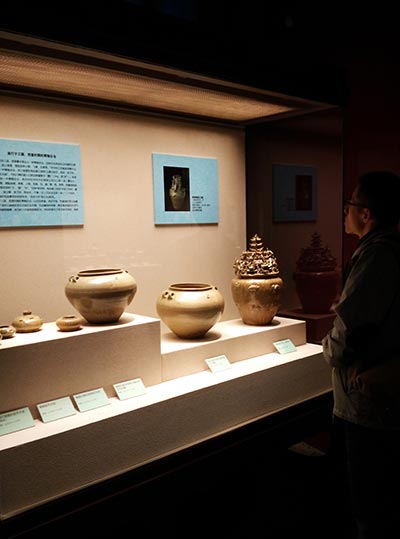Collector's generosity gives porcelain lovers rare historical treat
Updated: 2015-10-27 07:29
By Wang Kaihao(China Daily)
|
||||||||
The Yue kiln reached its peak in the Tang Dynasty (AD 618-907), when its mise (secret color) porcelain was used exclusively by royal families.
"The maritime Silk Road also gave Yue kiln celadon a chance to be exported overseas," Geng says. "The technique had direct influence on those of the Korean Peninsula and Japan."
As China's former royal palace, the Palace Museum now houses 367,000 articles of porcelain. But Shan Jixiang, the director of the museum, admits that its collection is not complete in spite of its huge size.
"For example, the museum's collection of porcelain from southern China is lacking because the focus is mainly on the most renowned kilns in ancient China, which are mostly in the north."
The museum's academic institute has also gathered samples of ancient porcelain from over 100 kiln relics nationwide, but the director says most of the samples are broken pieces.
The celadon articles displayed this time are not only exhibits, but important references for studies, he says.
"We have to rely on more private efforts to get a complete picture, and this exhibition is an attempt," says Shan.
If you go
8:30 am-5 pm; daily except Mondays, through Dec 15. The Palace Museum, 4 Jingshan Qianjie, Dongcheng district, Beijing. Entry costs 60 yuan ($10) till Oct 31; 40 yuan from Nov 1. Ticket sales stop at 4 pm. The exhibition is at the Hall of Abstinence (Zhai Gong), which is in the eastern wing of the museum, with no extra charge.
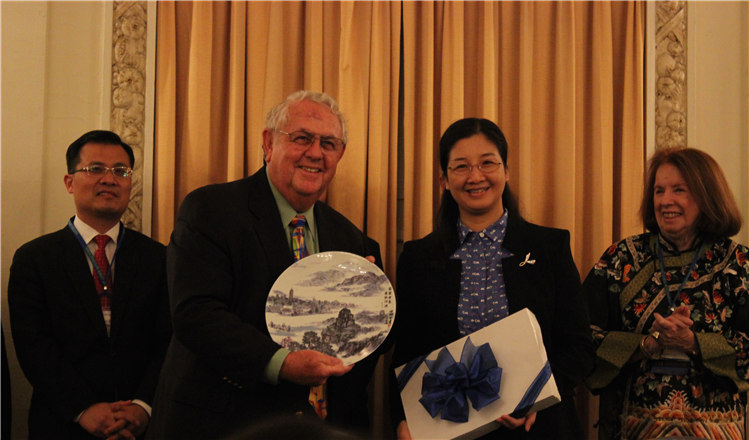
 Sister cities mingle in Chicago
Sister cities mingle in Chicago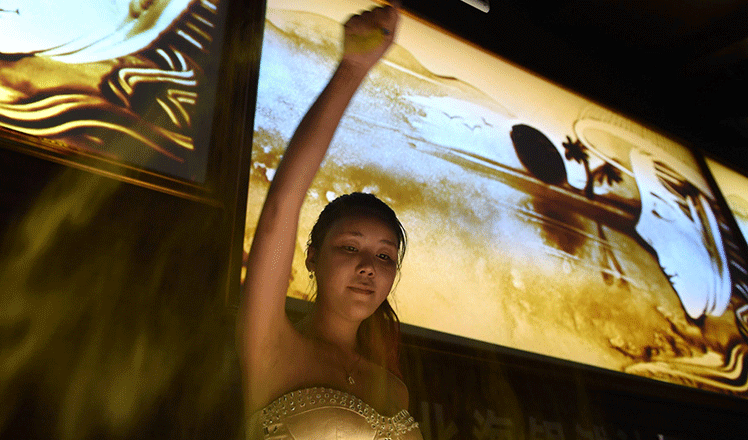
 Girl with a sand painting dream
Girl with a sand painting dream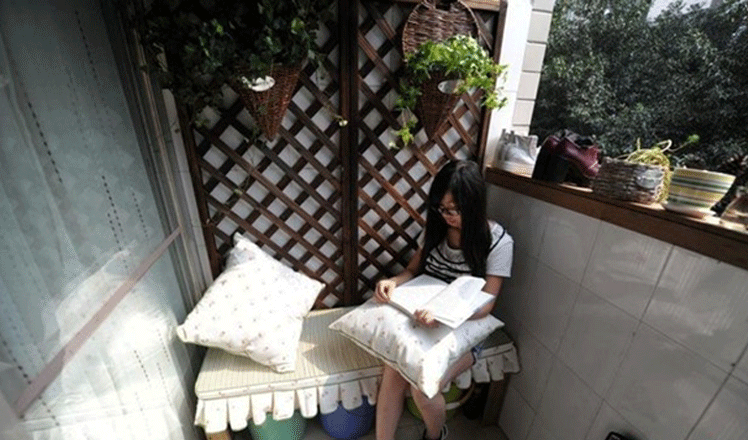
 Decorating benefactors make a dorm a cozy home
Decorating benefactors make a dorm a cozy home
 The world in photos: Oct 19 - 25
The world in photos: Oct 19 - 25
 Hamilton takes third F1 title after US thriller
Hamilton takes third F1 title after US thriller
 Qipaos sizzle on the runway as China Fashion Week kicks off
Qipaos sizzle on the runway as China Fashion Week kicks off
 President Xi visits Man City football club
President Xi visits Man City football club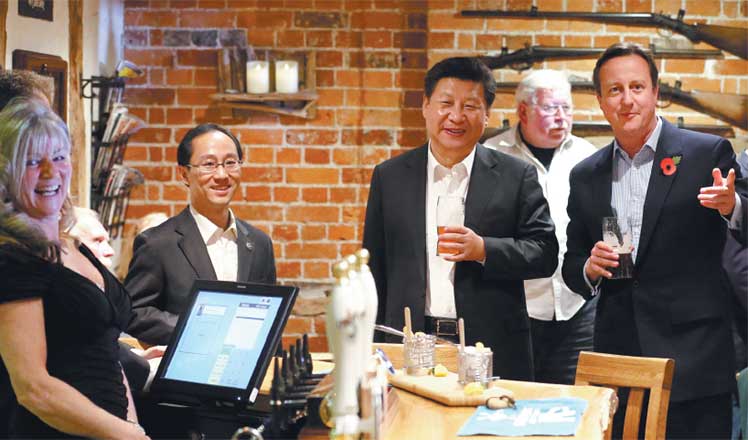
 British PM Cameron treats President Xi to beer, fish and chips in English pub
British PM Cameron treats President Xi to beer, fish and chips in English pub
Most Viewed
Editor's Picks

|

|

|

|

|

|
Today's Top News
Tu first Chinese to win Nobel Prize in Medicine
Huntsman says Sino-US relationship needs common goals
Xi pledges $2 billion to help developing countries
Young people from US look forward to Xi's state visit: Survey
US to accept more refugees than planned
Li calls on State-owned firms to tap more global markets
Apple's iOS App Store suffers first major attack
Japan enacts new security laws to overturn postwar pacifism
US Weekly

|

|
